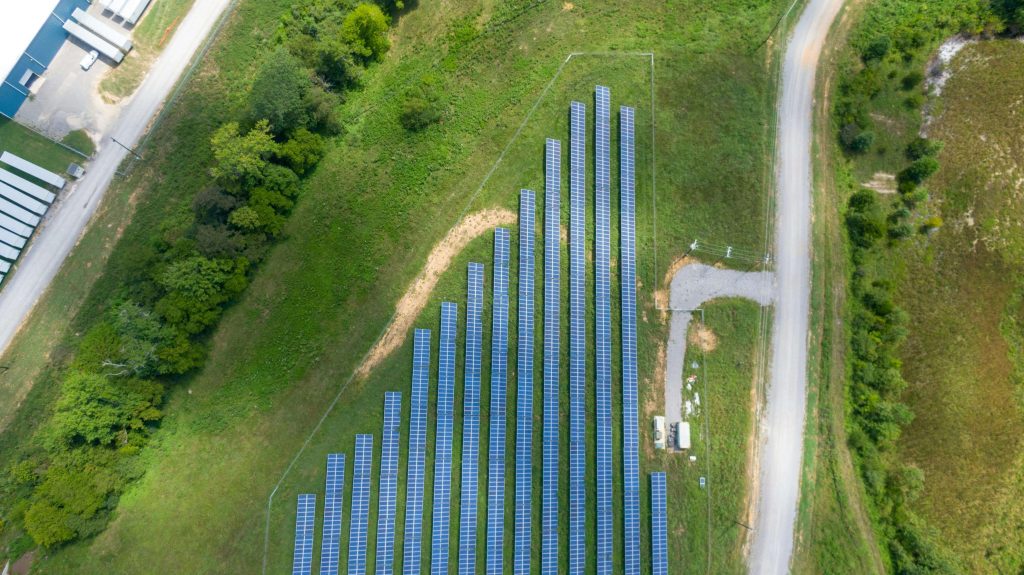Most people think the sustainability fight is about switching to electric cars, ditching plastic straws, or planting trees in some far-off offset program. But the hard truth? Even the tools built to save the planet quietly siphon energy, burn carbon, and leave their own digital soot behind. A focus on sustainable computing practices is the best way to reduce your impact.

Why it hurts when clean tech feels dirty
You know that uneasy feeling when you do something good but suspect it might not be good enough? That’s the elephant in the server room of modern sustainable computing practices. We’re surrounded by tools and platforms that promise to shrink our environmental footprints. But peel back the interface, and you might find a fat carbon bill quietly humming under the hood.
Sustainability dashboards. Eco-optimizing apps. Footprint trackers. They all swear they’re fighting climate change. And maybe they are. But too often, the tech built to save the planet ends up burning it a little more instead.
The myth beneath the glossy interface
Clean tech doesn’t come from a magic wand. It comes from mining, manufacturing, and machines running hot. Solar panels degrade. Wind turbines require rare materials. AI models that predict energy usage often consume more training power than a family home uses in a year.
And the apps? The dashboards? The “insights”? They aren’t free. Just because something helps you reduce emissions doesn’t mean it cost nothing to build or maintain. In digital sustainability, most of the burn happens behind the scenes.
Building Petrichor meant building with constraint
When I was building Petrichor, a platform to help users understand and reduce their digital footprint, I wanted to include AI features. But not at the cost of increasing the very thing we were trying to fight.
So we ran the math. We mapped out what features we really needed. Then we hunted for smaller, leaner AI models that could deliver just enough intelligence without chewing through unnecessary power. No massive LLMs guzzling GPU time. Just purpose-fit models doing quiet, effective work.
We applied core principles like energy efficiency and carbon awareness, similar to the Green Software Foundation’s sustainability principles, to ensure every feature justified its environmental cost.
Every feature had to earn its place. If it couldn’t prove it was net-positive for the environment, it got the axe.
Where most sustainable computing teams still get it wrong
Too many so-called “sustainable” platforms are green in name, not in architecture. They love to brag about the emissions users avoid, but never disclose the emissions their backends generate to make that calculation.
It’s like driving a hybrid car to a climate summit, but forgetting to mention you flew first-class to get there. The issue isn’t deception. It’s habit. We measure what’s visible. We market what photographs well. We don’t ask if our interventions actually deliver a net gain.
What real sustainable computing practices in tech look like
Here’s what we’ve learned on the ground:
- Track the full lifecycle: Code, compute, cloud hosting; it all has a footprint.
- Design for less: More features mean more complexity. More complexity means more energy.
- Use intent as a constraint: Every idea must answer a tough question: does this reduce impact or just make us feel better?
You don’t need to be perfect. But if you’re flying a green flag, you damn well better mean it.
The invisible wins that make the real difference
The biggest gains weren’t glamorous. They came from small, disciplined choices:
- Optimizing queries so servers work less
- Spinning down idle instances to save power
- Avoiding redundant data tracking that bloats storage and compute cycles
Those changes don’t make the slide deck. But they make the difference between clean tech and performative tech.
Build with honesty and sustainable practices, or don’t bother
If your roadmap includes a sustainability slide but not a single question about your server architecture, start over. Digital sustainability in tech isn’t about marketing optics. It’s about taking real responsibility for what your product burns, not just what it says.
And if you’re staring at a feature backlog that includes words like “AI,” “insights,” and “dashboard,” but haven’t yet calculated their carbon toll, we should talk.
Because if your product claims to be a cure, but ends up being another form of quiet pollution, the planet won’t care how clean your font is. It’ll just feel the heat.
Let’s build something real. Something intentional. Something that stays clean behind the scenes.




